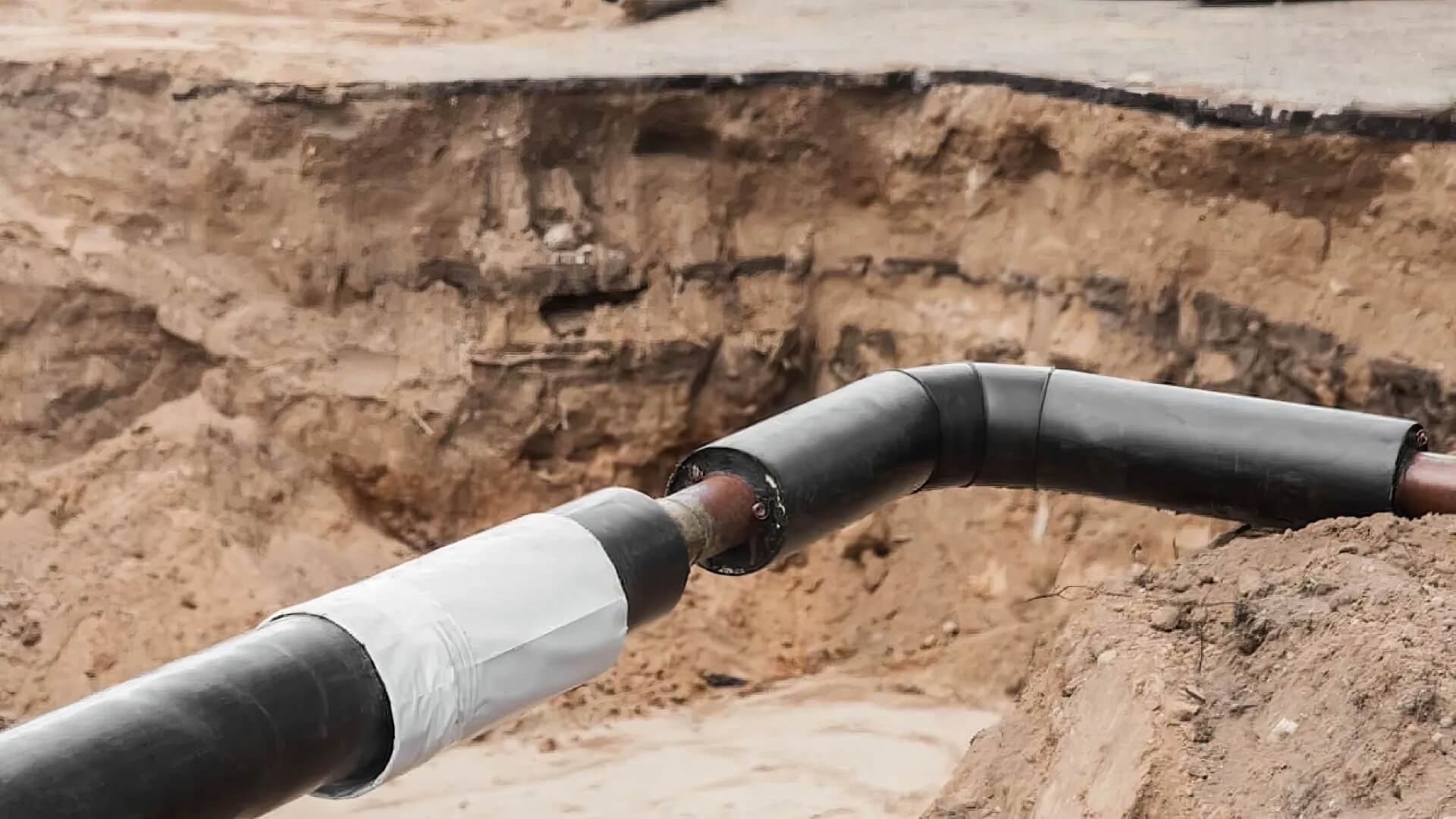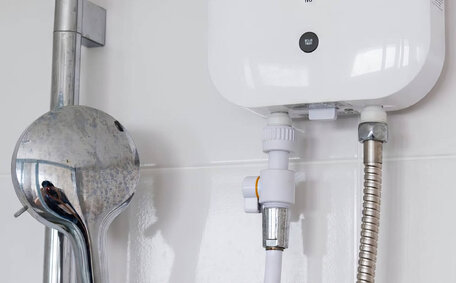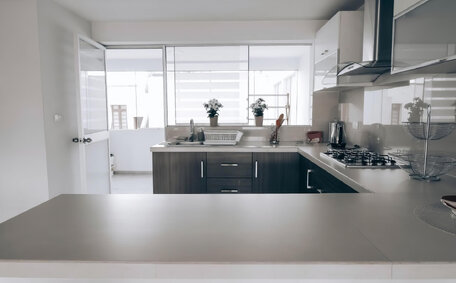Introduction to Common Household Plumbing Issues
Plumbing issues can cause major inconveniences in your home. From leaking pipes to malfunctioning water heaters, even small problems can disrupt daily life. In Erkine Park and the greater Sydney area, some common plumbing predicaments faced by homeowners include:
- Clogged drains or sewer lines
- Leaking or burst pipes
- Faulty faucets and showerheads
- Sediment buildup in hot water systems
- Broken or clogged garbage disposal units
While some plumbing system matters like a slightly dripping faucet may seem innocuous at first, minor issues can easily escalate over time. Without proper maintenance and repairs, barely functional plumbing in your house puts unnecessary strain on pipes and fixtures, heightening the risk of leaks, floods, and even pipe bursts. Tackling problems early on saves homeowners money and headaches down the road.
When it comes to maintaining plumbing systems, safety should also remain top of mind. Attempting DIY fixes without proper training or equipment can result in electric shocks, burns, cuts, or accidental gas leaks. Understanding when professional assistance is needed makes a huge difference.
This guide covers quick troubleshooting solutions for common household plumbing problems, with a focus on less invasive repair methods. It also suggests basic preventative measures to help avoid issues and minimise their impact when they do occur.
Understanding Pipe Relining as a Non-Invasive Repair Method
As an alternative to invasive pipe replacement, pipe relining has emerged as a cost-effective and eco-friendly solution for restoring old, damaged plumbing without major demolition. The process involves coating the inside of existing pipes with an epoxy resin to essentially create a 'pipe within a pipe’.
Unlike tearing up walls and floors to remove and replace pipes, relining is minimally invasive. Tiny holes are strategically drilled to access and clean the pipes before applying the resin coating, which then hardens to form a smooth, seamless barrier. This restores flow while preventing leaks and contamination.
By preserving existing infrastructure, pipe relining prevents tonnes of piping and other materials from ending up in landfills. The minimal digging and disturbance also makes it faster, cleaner and less impactful than conventional replacement projects.
While relining has traditionally been used in large-scale municipal and commercial applications, contractors now offer it as an affordable option for residential customers as well. This makes it highly relevant across Erkine Park and the Sydney area for upgrading old or damaged plumbing systems without major renovation costs or hassles.
What is Pipe Relining and How Does it Work?
Pipe relining is a trenchless method for repairing damaged plumbing pipes without having to dig them up or replace them.
The process starts with a camera inspection to locate affected areas and assess the condition of the pipes. The process starts with a camera inspection to locate affected areas and assess the condition of the pipes.
Strategic access holes are drilled into the pipes every few metres. An epoxy resin mixture is then pumped through the pipes to coat the interior surfaces with a smooth, protective barrier. As the epoxy cures and hardens, it effectively creates a 'pipe within a pipe’ that restores structural integrity and flow.
Unlike pipe replacements that require breaking up floors and walls, relining is far less invasive and disruptive. The resin coating prevents leaks, inhibits corrosion and adds decades of longevity. With fewer materials and less labour needed, relining can also cost just a fraction of the price of replacement.
While regular camera inspections help catch issues early on, pipe relining enables homeowners to address pipe damage without extensive demolition or property damage. This makes it an extremely useful solution for revitalising old plumbing systems.
The Benefits of Pipe Relining Over Traditional Pipe Replacement
When pipes become damaged due to age, roots, rust or other issues, homeowners typically faced the major upheaval of full pipe replacement. Walls and floors would be demolished to access and remove old pipes before installing new ones.
In contrast, pipe relining leaves surrounding structures virtually undisturbed. Only tiny access holes are drilled, avoiding the dust, debris and high disposal costs of traditional pipe replacement projects. With less intrusion into properties, relining also takes far less time and labour to complete.
By coating the inside of pipes rather than replacing them outright, relining also reduces landfill waste and environmental impact. The process adds decades more life to existing pipes for a fraction of replacement costs. After relining, pipes are restored to peak integrity and performance with smooth surfaces that resist corrosion, leaks and blockages.
For homeowners seeking to upgrade old piping without extensive renovation costs or hassles, pipe relining proves significantly more affordable and efficient than traditional replacement methods.
Quick At-Home Troubleshooting for Common Water Heater Problems
Water heaters can develop several common issues that disrupt hot water supply in homes. From temperature fluctuation and discoloured water to strange noises and leaks, various problems can arise.
Before calling in professional repairs, there are quick at-home troubleshooting steps homeowners can attempt to restore your hot water functionality:
- Temperature problems - Try adjusting the thermostat, checking energy supply connections, or draining built-up sediment from the tank.
- Discoloured water - This may indicate rusty internal components. Flush the water heater to clear out corrosion.
- Noises - Knocking or rumbling could signal sediment buildup. Drain and flush the tank.
- Leaks - Shut off water supply to the heater and check fittings, valves, pipes and other connections for cracks or corrosion.
In many cases, basic maintenance helps optimise water heater performance. However, significant issues like large leaks, completely cold water or gas smells warrant immediate professional assistance to avoid safety risks or extensive damage.
Fixing Temperature Fluctuations in Water Heaters
If the water from your hot water heater is fluctuating between hot and cold, there are a few troubleshooting steps to try before calling a professional.
First, check the thermostat settings for your hot water temperature. Turning up the temperature to heat up the water 5-10 degrees may provide more consistent hot water supply. However, do not set thermostats above 52°C to avoid safety hazards and excess energy consumption.
Check that power sources are properly connected. For gas water heaters, ensure the pilot light is lit. Check that power sources are properly connected. Also examine valves, supply lines and fittings for leaks or blockages that may disrupt hot water flow.
Sediment buildup is another common culprit behind temperature fluctuation. Draining water heaters annually helps clear out mineral deposits and corrosion that can hamper performance. Carefully follow the manufacturer’s instructions for proper draining procedures.
If adjusting settings, testing power connections or draining sediment does not resolve temperature swings, the internal components may need professional servicing. Thermostats, heating elements and valves wear out over time. Reaching out to licenced technicians ensures any underlying part faults are correctly diagnosed and fixed.
Addressing Discolored or Smelly Water from the Water Heater
Rusty, yellowish or foul-smelling water from your water tank likely indicates corrosion and sediment buildup inside the tank. Flushing the water heater can help restore clean output by clearing out these deposits.
Start by shutting off power to the unit and connecting a garden hose to the drain valve at the bottom of the tank.
Open the valve and let water flow outside for a few minutes until it runs clear. This drainage process may take 15-20 minutes as sediment clears. If smells persist, draining may need to be repeated.
Replace any visibly corroded internal components like heating elements. Also check anode rods, which attract corrosion to protect the tank. Depleted rods should be replaced every 2-3 years in areas with hard water.
If flushing and anode rod replacement does not resolve discoloration issues, a full system inspection should be arranged. Signs of internal corrosion can indicate tanks reaching the end of their lifespan, necessitating professional replacements.
Quieting a Noisy Water Heater
If your water heater is making loud rumbling, knocking or whistling noises, there are some troubleshooting steps to try before calling in repairs.
Understanding how fix sediment buildup is essential, as it’s a common source of water heater noises. Over time, mineral deposits from water can accumulate at the bottom of tanks. This may quiet noises by clearing out debris.
Carefully drain the tank by attaching a garden hose to the drain valve and letting water flow outside for 15-20 minutes.
If noises persist after draining, check pipe connections, valves and fittings for leaks or blockages that can disrupt water flow and cause vibrations. Tighten any loose fittings. Also examine the tank exterior and base for corrosion holes that could allow debris inside.
For gas-powered units, ensure the pilot light flame burns evenly and clearly. Call your gas utility provider immediately if you smell gas fumes. They can inspect for leaks that may be causing noises.
Note any changes after troubleshooting steps. Loud rumbling that starts suddenly or occurs alongside temperature changes often indicates serious sediment accumulation and warrants professional flushing. Plumbers also have cameras to inspect inside tanks for damage and ensure the heater working perfectly, especially if it’s responsible for noises.
Identifying and Repairing Water Heater Leaks
Detecting the source of a water heater leak is crucial for effective repairs. Small drips may come from fittings or valves, while larger leaks likely signal internal tank corrosion or cracks. Start troubleshooting by thoroughly examining all water and gas connections to the unit.
For minor leaks at fittings or valves, carefully tighten connections with an adjustable wrench. Replace any visibly cracked washers, pipes or hoses. Turn off water supply to the tank and check these areas again once pressure is lowered.
For larger leaks originating from the tank itself, immediately shut off water supply and turn off electrical power if it is an electric unit or the gas line for gas heaters. Place a bucket beneath the tank to catch drips and call a professional plumber to arrange repairs or replacement.
Attempting to patch internal tank leaks is not recommended, as this risks further damage. Licenced technicians can properly diagnose issues and handle any necessary component swaps or full unit replacements.
With regular maintenance like annual draining and anode rod checks, minor leaks can often be prevented in the first place. Catching problems early allows for less invasive fixes to restore hot water supply.
When to Call a Professional Plumber
While attempting minor fixes, homeowners should remain aware of certain warning signs that indicate professional assistance is needed:
- Persistent leaks or water damage despite at-home troubleshooting efforts
- There’s no hot water supply or it’s completely cold, suggesting that there no consistent heat being produced by your system
- Strong sewage odours emanating from drains
- Visible cracks or tank corrosion in water heaters
- Low water pressure or clogged pipes affecting multiple fixtures
- Gas smells coming from appliances
- Electrical issues like shortage or sparks with water heater circuitry
In these scenarios, refrain from further DIY measures to avoid hazards. Call Erkine Park Plumbing on 1300 349 338 or email jobs@erskineparkplumbingservices.com.au. Our licenced technicians are available 24/7 to inspect issues and perform necessary repairs.
With over 15 years serving the Sydney area, we have extensive experience solving all kinds of plumbing problems. Whether it is simply adjusting water heater settings or handling complex sewer line blockages, customers can rely on our expertise. We also offer trenchless pipe relining to minimally invasively upgrade old piping.
Preventive Maintenance Tips to Avoid Plumbing Issues
Proper maintenance keeps plumbing systems operating smoothly for longer and prevents minor issues from escalating into costly repairs. Homeowners can adopt several easy routine practises:
- Flush your hot water tank annually by attaching a hose to the drain valve and letting it run water out for 15 minutes. This clears sediment that can lead to noisier function or temperature fluctuations.
- Pour a kettle of hot water down sinks and drains weekly to clean your drains and clear grime. Monthly use a chemical cleaner to dissolve hair and soap buildup.
- Check for pipes and joints for leaks. Fix minor drips immediately to avoid moisture damage or mould.
- Clean faucet aerators every 2-3 months to maintain water pressure and prevent clogging.
- Keep tree roots trimmed back from underground sewer pipes to reduce risk of invasive damage.
While DIY maintenance tackles minor issues, regular professional inspections uncover developing problems before they worsen. Technicians can assess water heater health, pipe integrity and sewer line blockages through camera scoping and leak tests.
Investing in preventive check-ups and repairs adds years of longevity to plumbing systems. Catching damage early means implementing simpler, more affordable solutions like pipe relining instead of full replacement down the road.
For professional preventive maintenance or repairs, contact the licenced technicians at Erkine Park Plumbing on 1300 349 338 or email jobs@erskineparkplumbingservices.com.au. With over 15 years of experience, we keep local plumbing systems running optimally.






